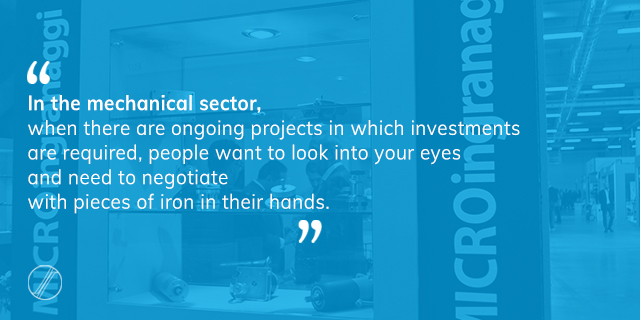Lately we have been hearing more and more often about reshoring, essentially when a company who had previously relocated their production abroad (and especially to overseas territories) decides to bring it back to their own country (back reshoring) or in any case to neighbouring countries (near reshoring) as a result of internal requirements or strategies.
I should point out: in this case, referring to relocation, I do not mean companies that build a factory in Asia (to make only one example) to sell in Asia but rather those that strategically shift production to Asia (to resume the example) while continuing to sell in Europe, with the aim of saving on some of the costs and thus achieving a greater final profit.
I touch on this topic because it is precisely the subject of reshoring that a recent article published by Corriere.it discussed in which it was stated that a number of very well-known Italian companies, (such as Benetton, Furla, Natuzzi Divani and many others) had opened new production facilities and then returned part (if not all) of the production to Italy.
The immediate question then arises:
why would a company decide to return production to Italy? (back reshoring)
There are only two conditions that, in my opinion, lead to reshoring.
On the one hand, the economic convenience of producing abroad is diminished, partly because production costs have increased in several Asian countries given instead the more affordable European costs following the economic crisis and partly because of a considerable increase in import costs due to transportation and to other factors.
On the other hand, the recovery in recent years is increasingly offering consumers the opportunity to be more selective, focusing on products of higher quality and then on producers able to guarantee it.
I can make a practical example of a fact that we see more and more often in our segment (precision micro-mechanics). During the crisis which started in 2008, many manufacturers decided to transfer production (or part of it) to Far East countries; all those who found this to be advantageous then decided to keep it there, despite the fact that in Italy the economic situation was coming to an end. The issue that is leading many companies to retrace their steps, reviewing this strategy, has not been dictated so much by customer complaints stemming from the lack of quality of the finished piece (that, everything considered, was probably actually ok) but rather from a lack of constancy in maintaining it throughout the batch. A result based on the quality and stability of the entire production process. A quality and stability that we Italians, to make only one example, are always able to guarantee. Absurdly, sometimes there is almost the feeling that many customers prefer to have an end quality that is slightly lower but constant throughout the batch.
So, returning to the main issue, for me the reasons that lead to reshoring are simply
the lower cost effectiveness of producing abroad and a greater demand for high quality products from customers, a quality that not all businesses are able to offer.
All other considerations – such as the support policy of companies towards Italian workers, or creativity, or even automation driven to the highest levels thanks to Industry 4.0 technologies that facilitate better and more rapid – are only smoke screens.
What do you think?
Obviously, I am more than happy that some companies are rethinking their economic strategies in this direction, also because we are seeing the return of customers who previously relied on overseas supplies. That being said, however, I still believe that the reasons are only economical, because
companies always seek the highest gain.
Reshoring is a practical demonstration that every process is reversible. The road, therefore, that most producers have had to take in the recent years of crisis – I refer therefore to a greater focus on inefficiencies, waste, on correct margins and on continuous investments in training and technology – must be a constant state of the policies of our companies.






